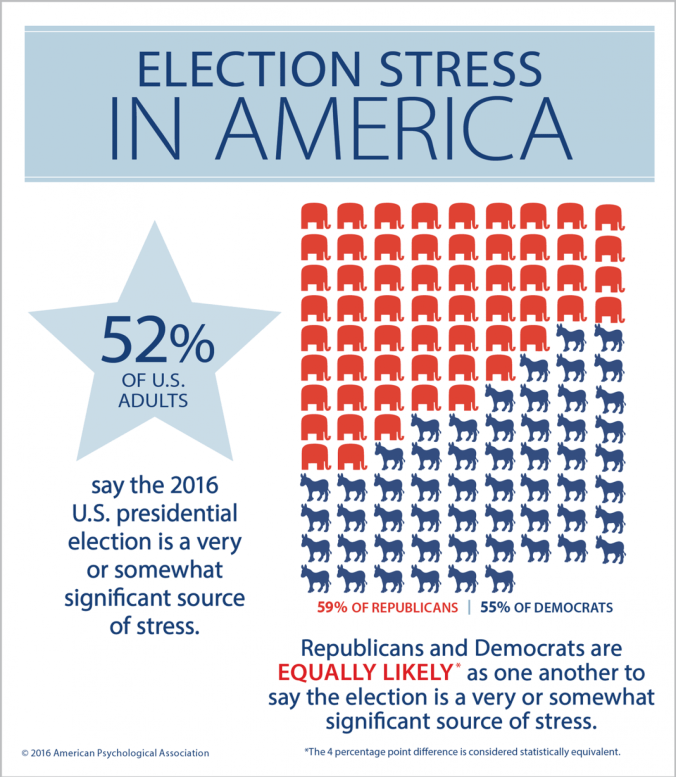In the aftermath of Charlottesville and other public displays of hate, many people are crying out that the hate must stop. This is not us! This is not the U.S. I love! People are crying and tweeting, most notably Lady Gaga.
I pray a true leader will rise to expel hatred from America. This is not US! This is Anti-American #ThisIsNotUS #Charlottesville #BeKind
— xoxo, Gaga (@ladygaga) August 12, 2017
I’m not picking on Lady Gaga, specifically, but she sure represents the archetypal well-intentioned white person, even following up that tweet with a question posed to people of color asking how white people can be better and more supportive (a full explanation of why this is misguided and burdensome are for another post), but I digress.
Mostly, this is shouted by well-intentioned white people. I appreciate the sentiment. Most don’t want this to be us. But the truth is that this hate and violence ARE us and have been from our country’s very beginnings, and they take many many forms (this article has some great examples of more subtle forms like redlining). This hate and violence and, of course, racism are regularly reinvented in new forms: school to prison pipeline, police shootings of black men, voter ID laws, etc. I could go on. Some of these are less explicitly violent than others, but the general sentiment is there with the same result—holding up white people while oppressing people of color.
You see, this is us. And I’m not the first white person to talk about it—see here or here, just for starters. I don’t want to be the last one to talk about it, either. This is America. But many (most, I’d argue) of us white people don’t have to think or even learn about this version of America or haven’t had to in recent history. We preach “colorblindness” (detrimental in its own right because of its implied color = bad—check out what I mean here) and brush under the rug all those nasty “outliers” of inequity, hatred, prejudice, and white supremacy. Or we shift the blame to the victim (see numerous examples about Emmett Till, Eric Garner, Trayvon Martin here). We hold up Obama as a shield of progress, blocking out all other evidence that indicates the contrary.

From Google Image
And finally, we distance ourselves from the “bad white people:” the KKK, Nazis, other white nationalists. White people are especially good at this one, this distancing not-me-I’m a good-white-person. I wouldn’t do/say/express that, etc. I’m guilty of doing this myself. This distancing is a well-documented phenomenon with research suggesting that members of an in-group (for example, white people) do this most often when they don’t want to be associated with bad outcomes or behavior of someone else in the in-group (1) (2). In other words, “good” white people are quick to point out or condemn the actions of “bad” white people. We becomes they.
This is understandable. Who wants to be associated with explicitly racist people? It’s also tricky. As white people, we all should be explicitly and LOUDLY condemning white supremacy in all its forms, even though we benefit from its more covert forms every single day. The difference is that we must publicly condemn and then take action. That means many things and offers many options for action. Some of the more subtle ways of standing against white supremacy include not saying “yes, but…” when hearing accounts of racism by people of color or “there was fault on many sides” in reference to Charlottesville or “I’m shocked that this could happen.” This last example is a punch in the gut to many people of color who are not shocked because they have not had the luxury of being protected from such hatred until now, like most white people.
Furthermore, we must not condemn merely for the purpose of making ourselves look better or more woke. The consequences of doing so are not acceptable. Because those “bad white people” are left unaccountable. And according to former neo-nazis, ignoring people with hateful ideologies like the KKK does not effectively reduce their power or discourage them. And also, because we are like those bad white people in many ways, and they are like us.

Take away the torches (and the MAGA hat), and these are preppy “regular” white guys you’d see around town
White people, we gotta grab our people. They’re ours whether we want them or not. People of color have been saying this for decades and decades—I’m not proposing an original idea, nor am I the first white person to proclaim this, but maybe my white skin will convince someone else with white skin to listen.
I’m not suggesting you face an armed Nazi at a protest (though if that’s your thing, rock on), but do speak up against coded language that’s racist and hateful. Here are some tools specific to combating harmful narratives of Charlottesville I’ve found to be helpful. Reading Kate Schatz’s essay “What I Mean” in Radical Hope: Letters of Love and Dissent in Dangerous Times is another great step in learning about white people’s complicity in perpetuating systemic racism even when you’re not “actively” racist. And also, listen listen listen to people of color. Trust them. Believe them. They’ve been telling us what America is, but we’re not listening. The ability to not listen is a privilege in itself.
This is us. Only by owning it, by owning our fellow white people and holding them accountable can we be and do better.
(1) Cialdini, R. B., et al. (1976). Basking in reflected glory: Three (football) field studies. Journal of Personality and Social Psychology, 34, 366-375.
(2) Boen, F., et al. (2002). Politics and basking-in-reflected-glory: A field study in Flanders. Basic and Applied Social Psychology, 24, 205-214.




















